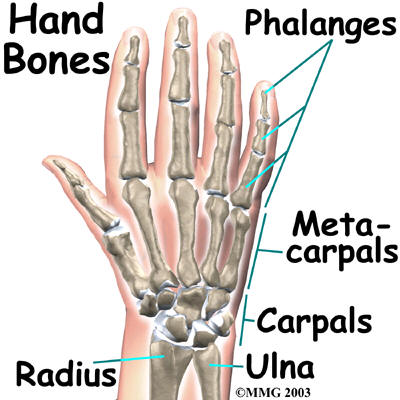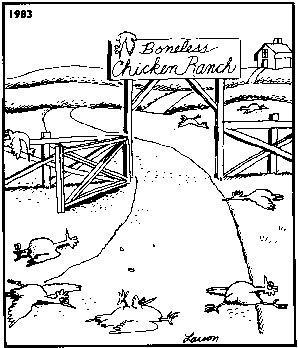BEFORE CLASS: BACKGROUND AND PREPARATION
- Preview text chapters, lab manual, Powerpoint
presentations, web resources
- Print out handouts for this section of course
- Bone Box--great for learning bones [link]
-
Bones from the Bone Box with X-ray views to compare
along with labels--great for seeing bones and x-rays [link]
- View digitized human limb movements--walking,
jumping, stairs, elbow is great (needs video player installed) [link]
|
| GOALS |
PRESENTATIONS |
ACTIVITIES |
-
Establish basic organizational plan
for upper limb
-
Learn details of bones, joints,
nerves and muscles of upper limb
|
Upper limb anatomy and function
|
Anatomy of upper limb
|
| WEB RESOURCES
Fractures--see types of fractures all over body in x-rays
Fun and fitness website--great simple line drawings on exaggerated
weight-lifter bodies showing main muscle groups--good study aid, just click
on the body regions on the navigation bar
Shoulder Movements and detailed muscle actions--nice simple interactive site
Surface Anatomy of the limbs [link]
Bone Box--great for learning bones [link]
Bones from the Bone Box with X-ray views to compare
along with labels--great for seeing bones and x-rays [link]
X-rays with lots of details (from LUMEN) [link]
Best online collection of radiological images--x-rays,
CT scans, angiograms (from LUMEN) [link]
|
DETAILED LEARNING OBJECTIVES
- Be able to identify and describe the bones and joints
of the upper limb including pectoral girdle
- Analyze each joint of the upper limb, as well as
the axial skeleton and know its principal anatomical components, what
type of joint it is and what kind of movement it allows for.
- Know the vocabulary to describe all the different kinds
of movements that can occur at the joints of the upper limb
- Identify origin, insertion, function and innervation of
the muscles of the upper limb (shoulder, arm, forearm, hand)
- Practice locating and identifying various upper limb
structures through their surface anatomy
- Diagram and follow the path of spinal nerves through
the brachial plexus out to the muscles of the upper limb
- Diagram the path of sensory innervation from regions of
the upper limb through the brachial plexus
- Predict the type of condition/impairment caused by
nerve damage to main branches of brachial plexus
- Analyze the role of major muscle groups and the
movement they initiate across the joints during different kinds of upper
limb movements.
|




